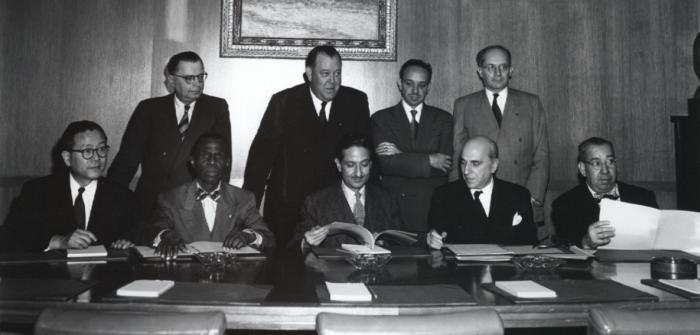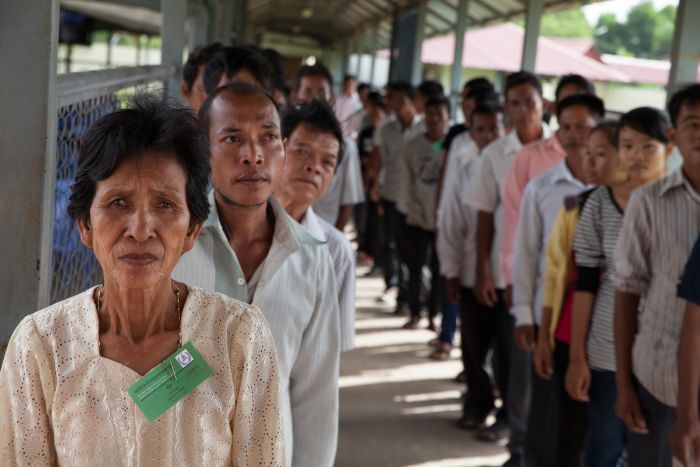The Convention on the Prevention and Punishment of the Crime of Genocide
The Genocide Convention of 1948 makes it a crime to commit certain acts “with intent to destroy, in whole or in part, a national, ethnical, racial, or religious group.” The Convention lists five acts that can amount to genocide including “killing members of the group,” acts that would cause serious physical or mental harm to the group, and other acts that relate to the ability to have children so as to threaten the group’s future or existence. 150 countries have passed laws that incorporate the obligations of the Genocide Convention, including the United States, which ratified the Convention in 1988. In accepting these obligations, countries recognize genocide as a serious crime that they will try to prevent and punish. However, many cases of group-targeted violence have occurred throughout history, even since the Genocide convention came into effect.
Learn more about the history and meaning of the word “genocide” and the US government’s policy and practices of when and where to declare that genocide has occurred.
The Rome Statute
Throughout the second half of the twentieth century, mass atrocities continued to occur around the world. While the Genocide Convention of 1948 recognized the crime of genocide and obliged states to work to prevent and puhish the crime, it did not establish a forum to hear cases against people who had been accused of genocide or similar crimes. In the absence of such a forum, the United Nations Security Council set up two specialized tribunals for this very purpose: to try individuals accused of committing mass atrocities in the former Yugoslavia and in Rwanda.
In the late 1990s, interest grew in establishing a permanent international court to try perpetrators of mass atrocities. Ben Frencz and others who worked to create such a court hoped that it would deter future atrocity crimes and ensure that when such crimes do occur, they do not go unpunished.
In 1998, 120 countries signed the Rome Statute (PDF) to establish the International Criminal Court. In 2002 the treaty came into force when 60 countries had ratified it. The Statute gives the Court the power to try individuals in cases where it has jurisdiction for the crime of genocide, crimes against humanity, and war crimes committed after 2002 and, after July 17, 2018, for the crime of aggression. These crimes were selected because they are considered to be the most serious international crimes of concern to the entire international community and thus deserving of international prosecution. The Rome Statute provides the most widely accepted legal definition of these four crimes and sets new standards for victims' representation in the courtroom.
Learn more about how different courts and tribunals have applied this legal framework.





